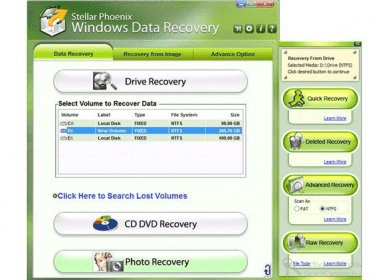

It rightly refused to save files to the same disk from which I was trying to recover them, because this would have risked overwriting some other file that I might want to recover. When I had selected the files I wanted to save, I clicked on the Recover button and Stellar Phoenix saved the files to a USB drive that I had plugged into the system. As with other apps of this type, however, the app usually has no way to guess the original file name, so you may need to preview dozens of arbitrarily-named PNG files before you find the one you want to recover. Unfortunately, I couldn't simply scroll down the list of files to preview each, rather I had to select and click on each one in turn, a procedure that quickly becomes tiring – but at least I got an accurate, reliable indication of whether the recovered file would be complete. If, as happened often, QuickLook only showed a tiny fraction of the original document, that meant that the file couldn't really be recovered, even though Stellar Phoenix listed it among files that might be salvageable. If QuickLook displayed the whole file, then it was worth recovering. In Stellar Phoenix, I was able to select a file in the list of recoverable files and simply click on a QuickLook menu.


 0 kommentar(er)
0 kommentar(er)
